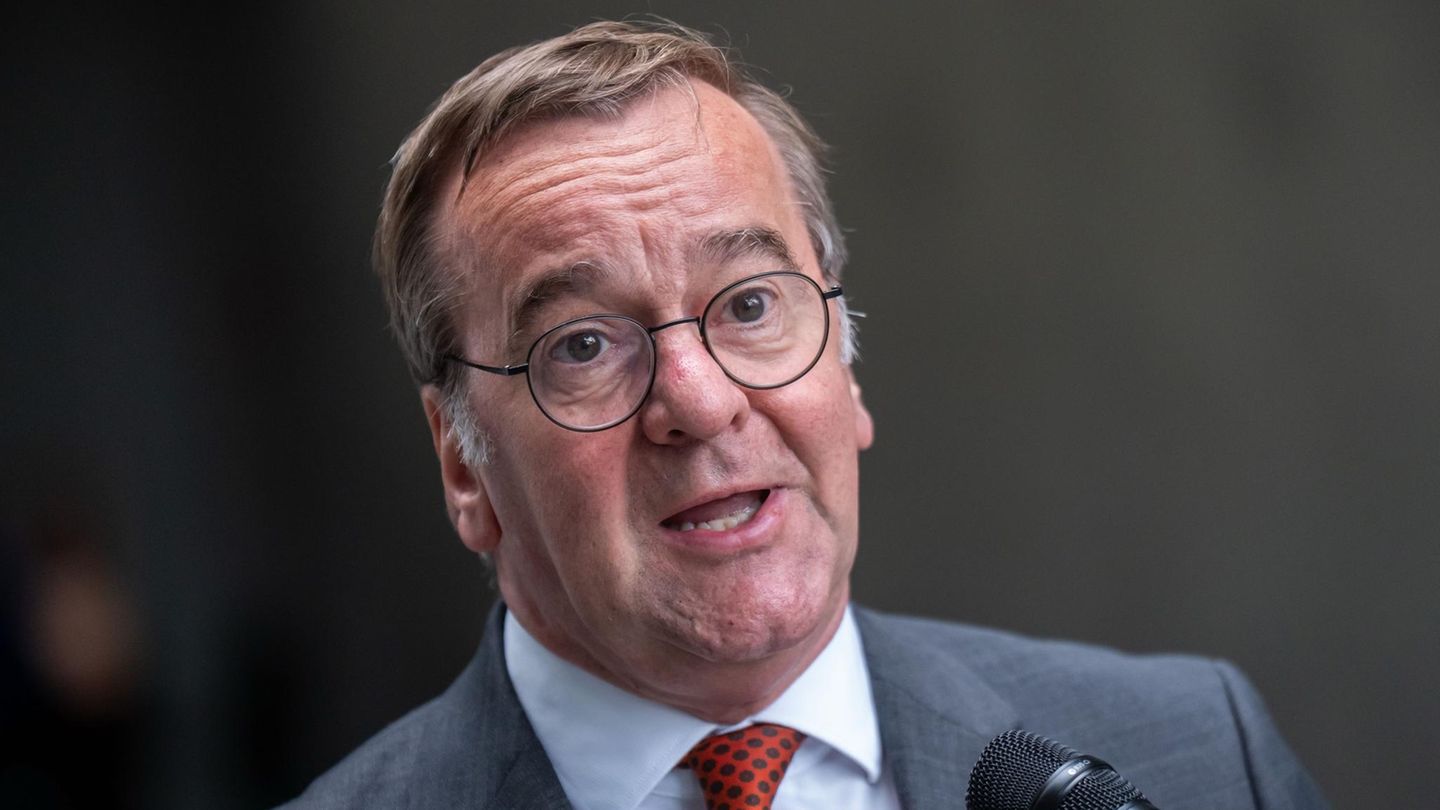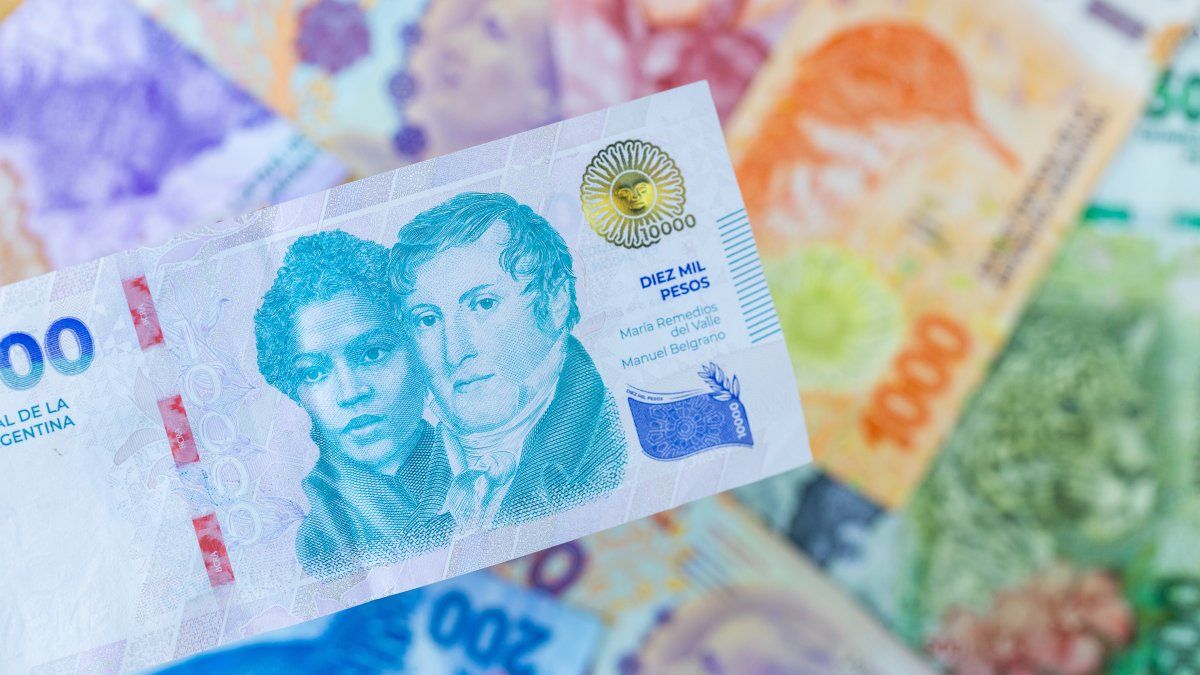There is expectation in the Government and in the banks about what the accession will be like in the second tranche of the Asset Regularization Regime, now that the stage 1 of bleaching, a section considered successful by the Government, specifically intended for the declaration of cash in pesos and dollars. According to the Minister of Economy, Luis Caputo, Approximately US$20,085 million in banknotes and another US$2,432 million were “taken out of the mattress” for other items. This is a total of US$22,517 million.
With the option to withdraw the dollars deposited in stage 1, as of 7/11, “deposits in USD rose by US$107,000 million. Since August 15, an increase of US$15,458 million has been recorded , leaving private sector deposits in dollars at a total of US$34,126 million,” stated Max Capital. In this context, phase 2 is already underway.
Phase 2 of whitewashing: everything you need to know about the new stage
Phase 2, with, obviously, other characteristics, already came into effect on November 9 and will extend until February 7, 2025. During that period, the declaration of adhesion and the mandatory advance payment of the tax must be made in the event of correspond. While for the sworn statement there is time until March 7 inclusive.
Another peculiarity is that instead of a 5% rate, when the Non-Taxable Minimum (MNI) is exceeded, the penalty will be 10% for those who regularize up to US$100 thousand. For those who exceed that amount, 10% will be applied to the surplus from US$100 thousand.
Unlike phase 1, Cash can no longer be laundered. From now on, only other assets can be regularized, such as real estate, vehicles and corporate interests.
Finally, ARCA (former AFIP) clarified that if a taxpayer participates in several stages, it is established that the last membership will be taken into account for the total calculation of the tax. So, If someone who paid 5% in the first phase now adds new goods, they will have to pay the difference to complete the 10%.
Money laundering: who should enter now?
“There is no doubt that the number of subjects and the amounts involved will be very different, Pay attention that this is a doubling of the cost of money laundering,” said the tax official. Santiago Sáenz Valiente, consulted by Scope.
“There will surely be properties in the country or abroad that have not yet been declared, bank account balances or investments especially abroad that will still be anonymous and without a doubt “hidden cryptocurrencies that will still be able to take advantage of the regime’s opportunity”he explained.
For his part, he added that the “fear” of the personal property tax dissipated with the effective reduction of the future percentage rate. However, he clarified that in cases where there are tax adjustment situations not yet manifested that justify assets not registered with the treasury, “they are possible to incorporate into the regime.”
Finally, he noted: “although the moratorium allows tax debts to be regularized, with the forgiveness of fines that remains in force, “The percentage of compensatory interest to be paid is only reduced by 20% of the total, in this new stage.”
dollars mattress bleaching
Take the dollars out of the mattress. What characteristics are there in the new stage of whitewashing?
Depositphotos
Laundering phase 2: the banks’ expectations
One of the private banks consulted by Ámbito revealed that post-laundering deposits doubled in dollar amounts while in pesos, the figure was not as significant. “Once the laundering ended, dollar deposits decreased only 2.5%; that is, they are not decreasing,” revealed a source.
In addition, he added that “an interesting fact could be the impact on personal assets; that is, there may be clients who do not withdraw their funds and then bring them back by the end of the year, since dollar balances in bank accounts are exempt.”
In another of the banks consulted by this means, although they did not give figures, they also agreed on maintain optimism regarding a “propitious climate” that will generate further bleaching, despite a higher amount in the rate to be paid and that cash is no longer allowed. However, they agreed that the bulk of the ““whitening effect” It seems to have been left behind.
Source: Ambito




